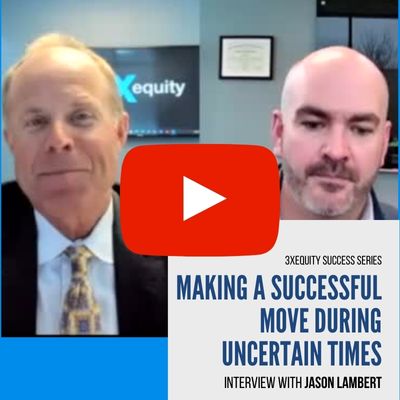“Your portfolio is in the toilet! I’ve lost you a lot of money! …but, we’ve done a little better than the S&P, so it could be much more bleak.”

At some point in your career, you will need to deliver bad news to a client. Learning to do so effectively can not only ease your client’s apprehension, but also improve your relationship and boost your credibility. Here are a few tips to pull that off.
Know what happened
Before you talk to your client, take some time to understand how the failure happened. (Not too much time, or you’ll end up procrastinating the inevitable, and clients don’t deserve that.) What part did your own actions play in the outcome? Be genuine and honest. Diffuse your own situation, any guilt or bad feelings you may feel, before speaking to your client. Ensure that you can explain a poor outcome to your clients with specific and concrete details.
Have options and a solution
Your clients come to you because you are the expert. In times of bad news, they especially need your guidance. Make sure you have options for your client and a viable solution to improve their outcome.
Find the silver lining
If at all possible, help your client put this bad news in perspective. Is there a silver lining?
Meet your client
You are calm, you can explain the outcome, and you have a solution for it. Now is the time to bring your client in to the office. Avoid email at all costs. If you have no other options for providing bad news expeditiously, use the phone or video chat.
Remember your audience: a client has probably just lost a lot of money. Be empathetic. Don’t delay and don’t get wishy-washy. Jeff Crosby suggests you “deliver the poison up front when you meet with your clients during these difficult times. Use the opportunity to be real and candid with them.” Acknowledge the impact this bad news has on your client. Diffuse the tension at the outset, and then get on the offensive, by explaining your solution.
Follow up and follow through
Finally, provide follow up, in writing, of what happened and how you’re correcting the problem. Ensure you continue to provide feedback to your client as the solution progresses.
Bottom line
Clients want to feel you understand their concerns, you can handle the fallout, you’re sorry, and you’re taking control. Follow the steps above to ensure clients get what they want, and deserve.
And remember Crosby’s adage, “tough times never last; tough people do.”




